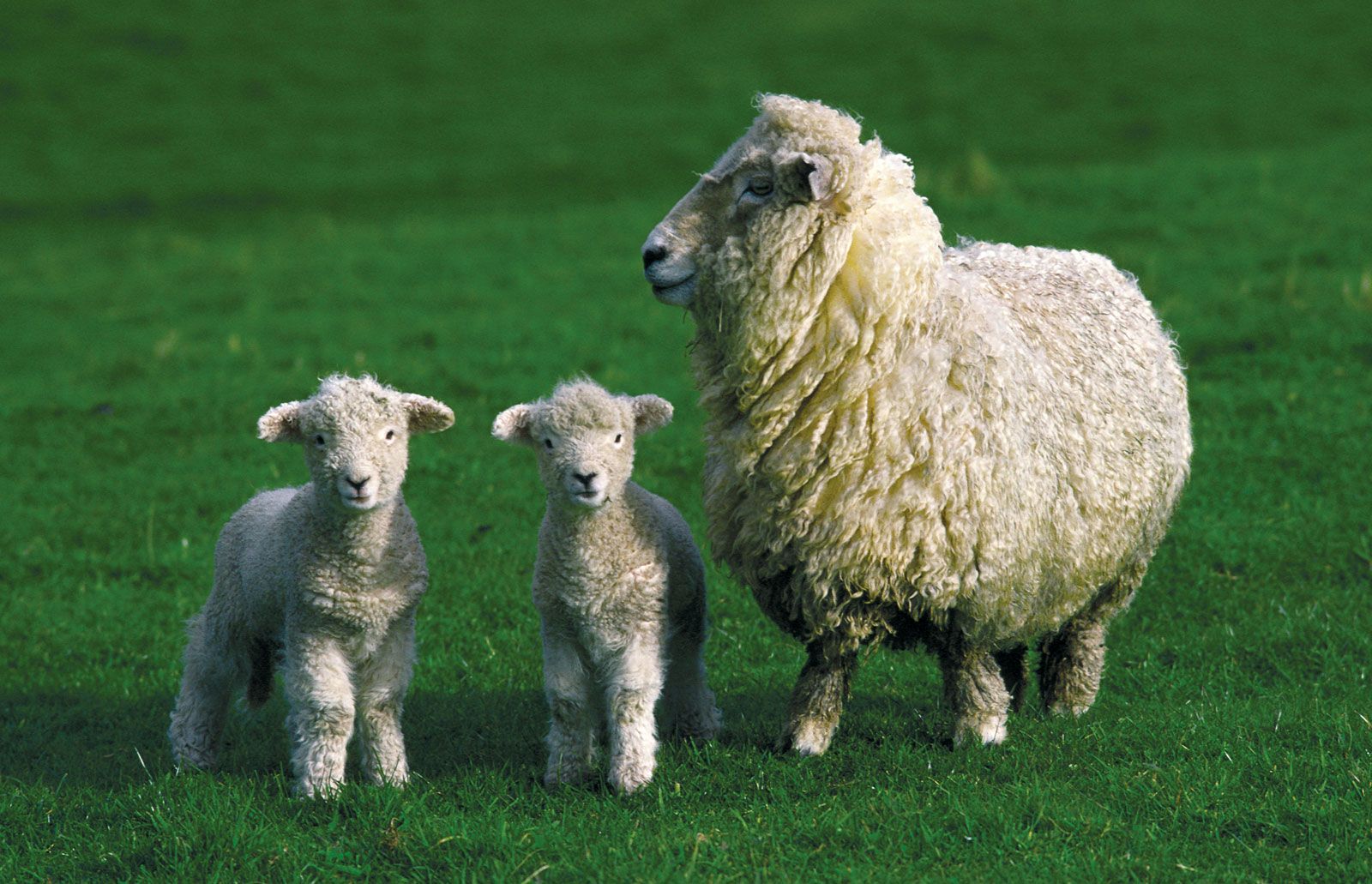
Sheep are fascinating creatures with a rich history and many unique traits. Did you know that sheep were among the first animals to be domesticated by humans? Sheep have been providing wool, meat, and milk for thousands of years. They are social animals, often forming close bonds within their flock. Sheep have excellent memories and can recognize up to 50 other sheep faces for over two years. Their wool is not only warm but also naturally flame-resistant. With over 1,000 different breeds worldwide, each has its own distinct characteristics. Whether you're interested in their behavior, biology, or role in agriculture, there's always something new to learn about these woolly wonders.
Sheep: More Than Just Woolly Creatures
Sheep are fascinating animals with a rich history and many intriguing traits. Let's dive into some surprising and lesser-known facts about these woolly creatures.
-
Sheep were among the first animals to be domesticated by humans around 10,000 years ago in the Middle East.
-
There are over 1,000 different breeds of sheep worldwide, each with unique characteristics and adaptations.
-
Sheep have excellent memories and can remember up to 50 individual faces—both sheep and human—for years.
-
Their wool is naturally water-resistant, which helps keep them dry in wet conditions.
-
Sheep have a field of vision of around 300 degrees, allowing them to see behind themselves without turning their heads.
Sheep and Their Social Lives
Sheep are highly social animals that thrive in groups. Their social structures and behaviors are quite complex.
-
Sheep form strong bonds with each other and can become stressed when separated from their flock.
-
They communicate through a variety of vocalizations, including bleats, grunts, and rumbles.
-
Lambs can identify their mothers by their unique bleats within a few days of birth.
-
Sheep display a behavior known as "flocking," where they move together as a group to protect themselves from predators.
-
Dominance hierarchies exist within flocks, with certain sheep taking on leadership roles.
Unique Physical Traits of Sheep
Sheep possess several unique physical traits that help them survive and thrive in various environments.
-
Sheep have a split upper lip, which allows them to graze very close to the ground.
-
Their hooves are cloven, meaning they are split into two toes, providing better balance and stability on rough terrain.
-
Sheep have a four-chambered stomach, which helps them efficiently digest tough plant materials.
-
The color of a sheep's wool can range from white to black, brown, and even spotted patterns.
-
Some breeds of sheep have naturally short tails, while others have long tails that are often docked for hygiene reasons.
Sheep in Culture and History
Sheep have played significant roles in human culture and history, influencing everything from language to religion.
-
The phrase "counting sheep" to fall asleep dates back to ancient times when shepherds would count their flock before bed.
-
In many cultures, sheep are symbols of innocence, purity, and sacrifice.
-
The Golden Fleece in Greek mythology was a symbol of authority and kingship.
-
Sheep shearing festivals are celebrated in various countries, showcasing traditional skills and community spirit.
-
The wool trade was a major economic driver in medieval Europe, particularly in England.
Fun and Quirky Sheep Facts
Sheep have some fun and quirky traits that make them even more interesting.
-
Sheep can recognize their names and may respond when called by their shepherd.
-
They have a natural inclination to follow each other, which can sometimes lead to amusing situations.
-
Sheep can suffer from a condition called "wool blindness," where their wool grows over their eyes, obstructing their vision.
-
Some sheep breeds, like the Jacob sheep, can have up to six horns.
-
Sheep milk is used to make various cheeses, including feta and Roquefort.
Sheep and Their Environmental Impact
Sheep can have both positive and negative impacts on the environment, depending on how they are managed.
-
Grazing sheep can help maintain grassland ecosystems by preventing overgrowth and promoting biodiversity.
-
Overgrazing by sheep can lead to soil erosion and habitat degradation if not properly managed.
-
Sheep manure is a valuable fertilizer that can improve soil health and crop yields.
-
Some farmers use sheep for weed control, as they prefer certain types of plants over others.
-
Sheep farming can be a sustainable practice when integrated with other agricultural activities.
-
In some regions, sheep are used in fire prevention programs, grazing on dry vegetation that could fuel wildfires.
Sheep: More Than Meets the Eye
Sheep are fascinating creatures with a rich history and unique characteristics. From their incredible memory to their social nature, these animals have much more to offer than just wool. They can recognize faces, form strong bonds, and even solve problems. Their role in agriculture is vital, providing meat, milk, and wool to people worldwide. Understanding these facts about sheep helps us appreciate their importance in our lives and the ecosystem. Next time you see a flock grazing, remember there's a lot more going on behind those gentle eyes. Sheep are truly remarkable animals that deserve our respect and care. So, whether you're a farmer, a student, or just someone curious about animals, knowing these facts can deepen your appreciation for these woolly wonders.
Was this page helpful?
Our commitment to delivering trustworthy and engaging content is at the heart of what we do. Each fact on our site is contributed by real users like you, bringing a wealth of diverse insights and information. To ensure the highest standards of accuracy and reliability, our dedicated editors meticulously review each submission. This process guarantees that the facts we share are not only fascinating but also credible. Trust in our commitment to quality and authenticity as you explore and learn with us.
